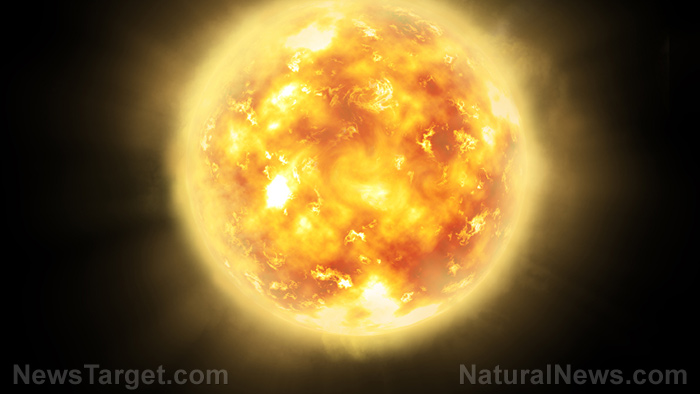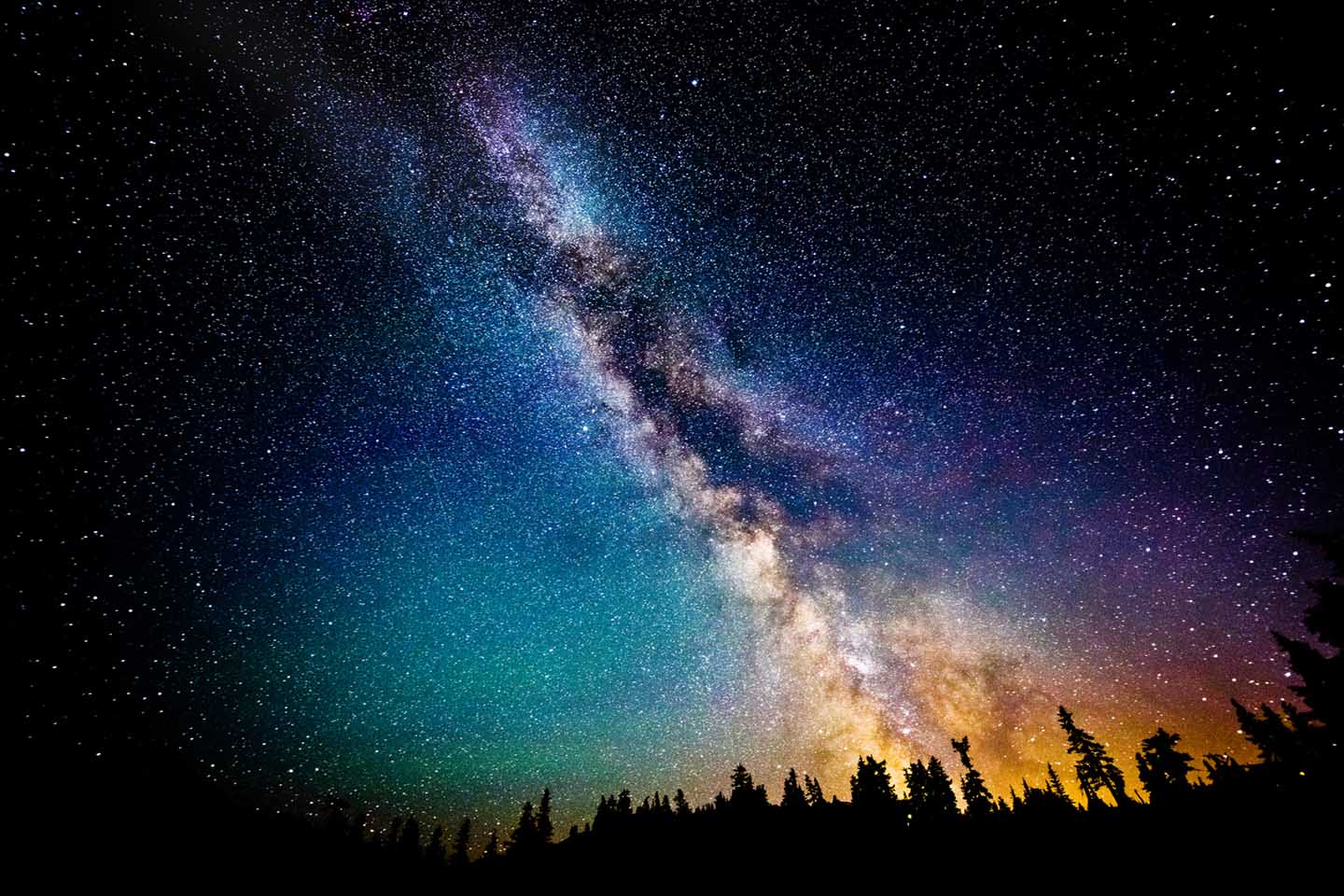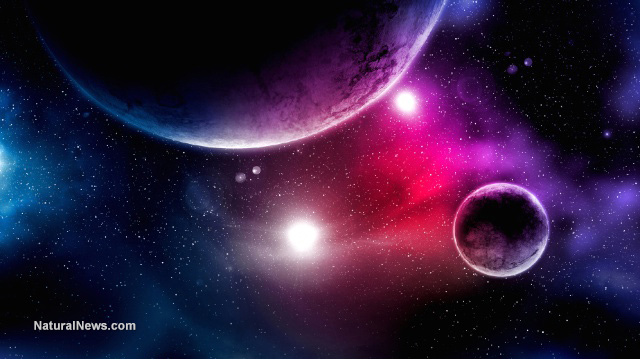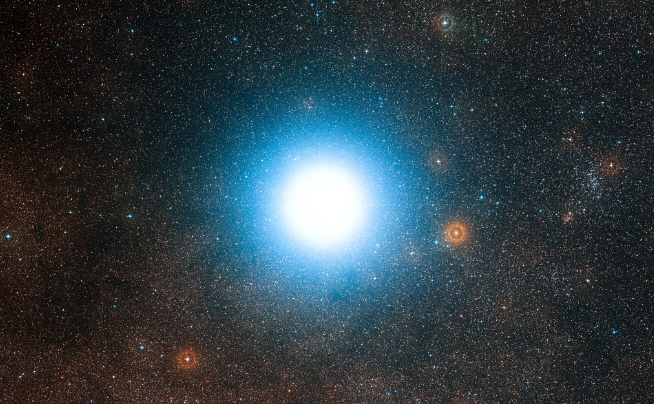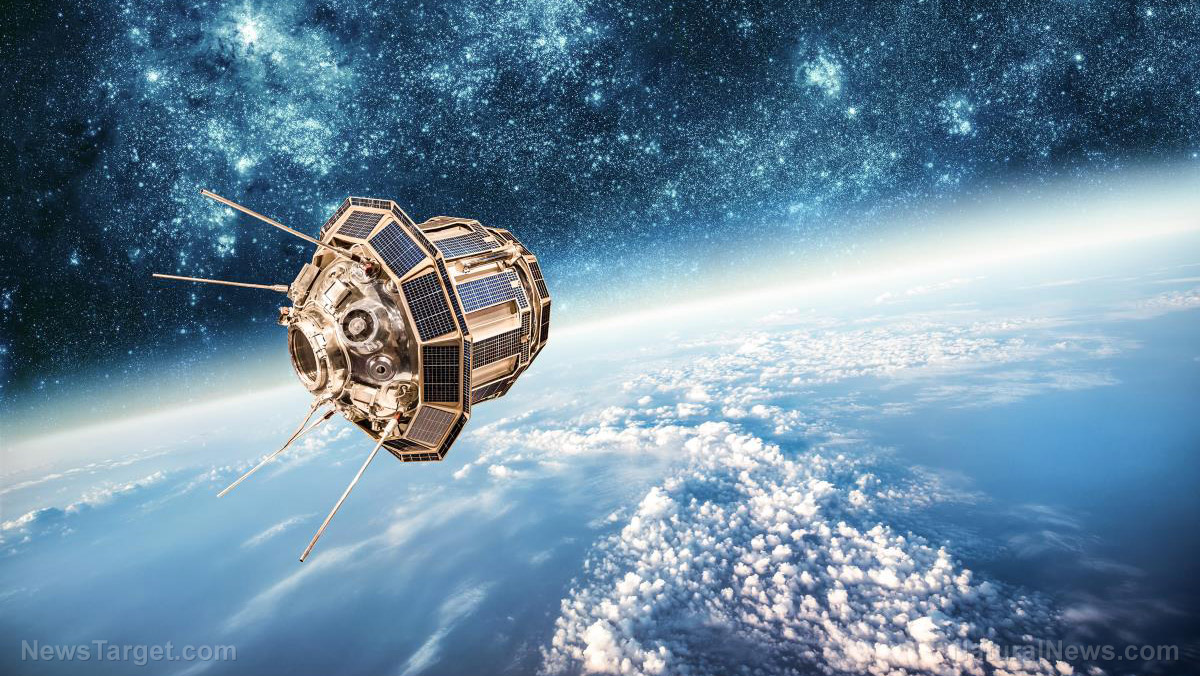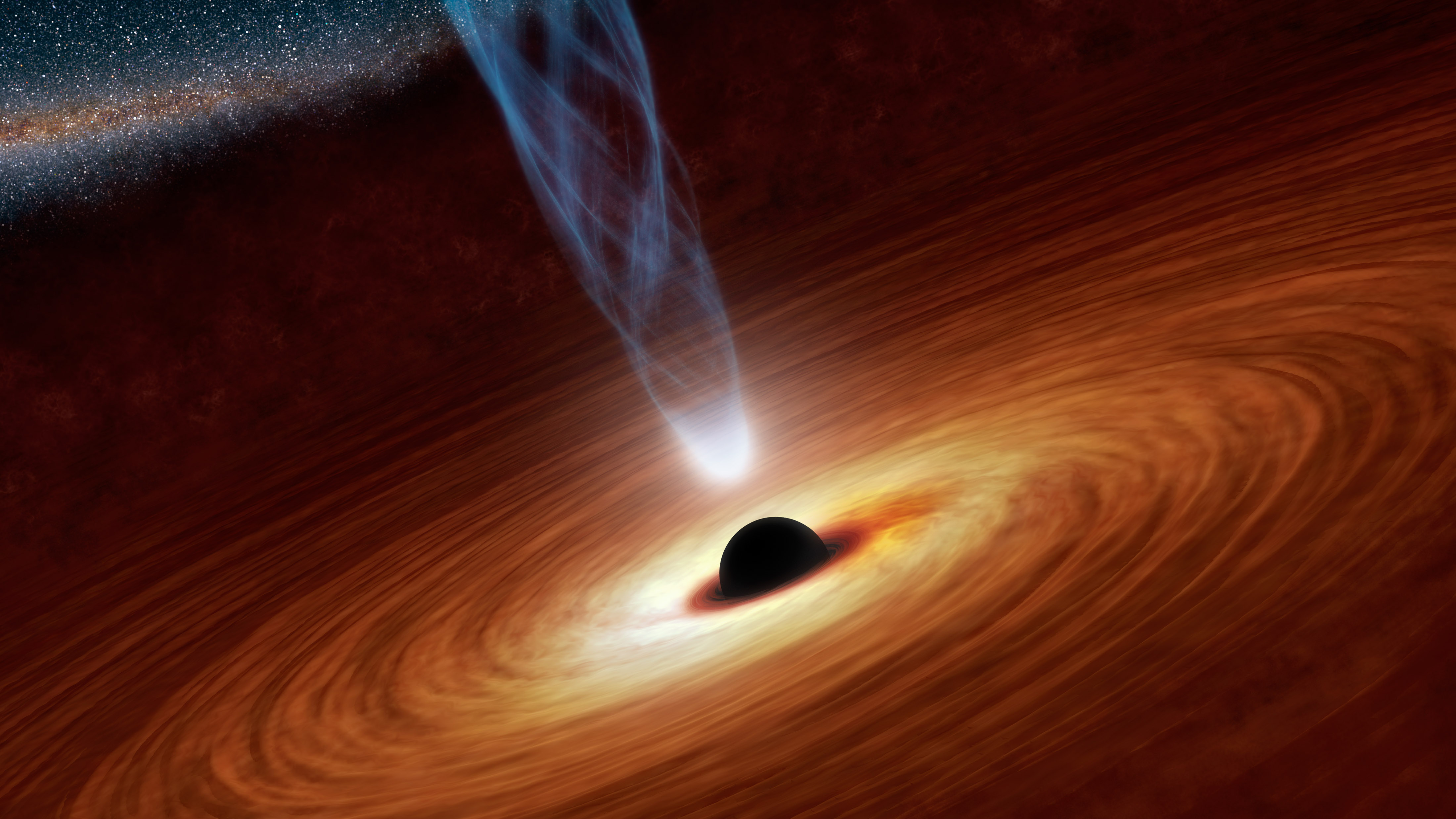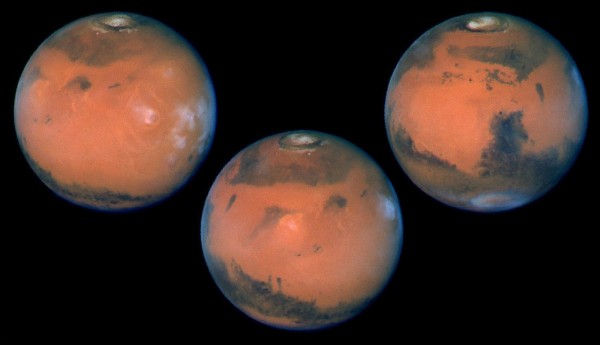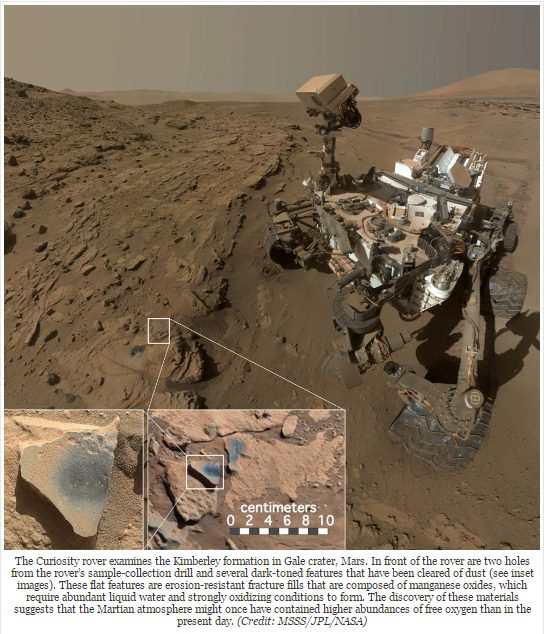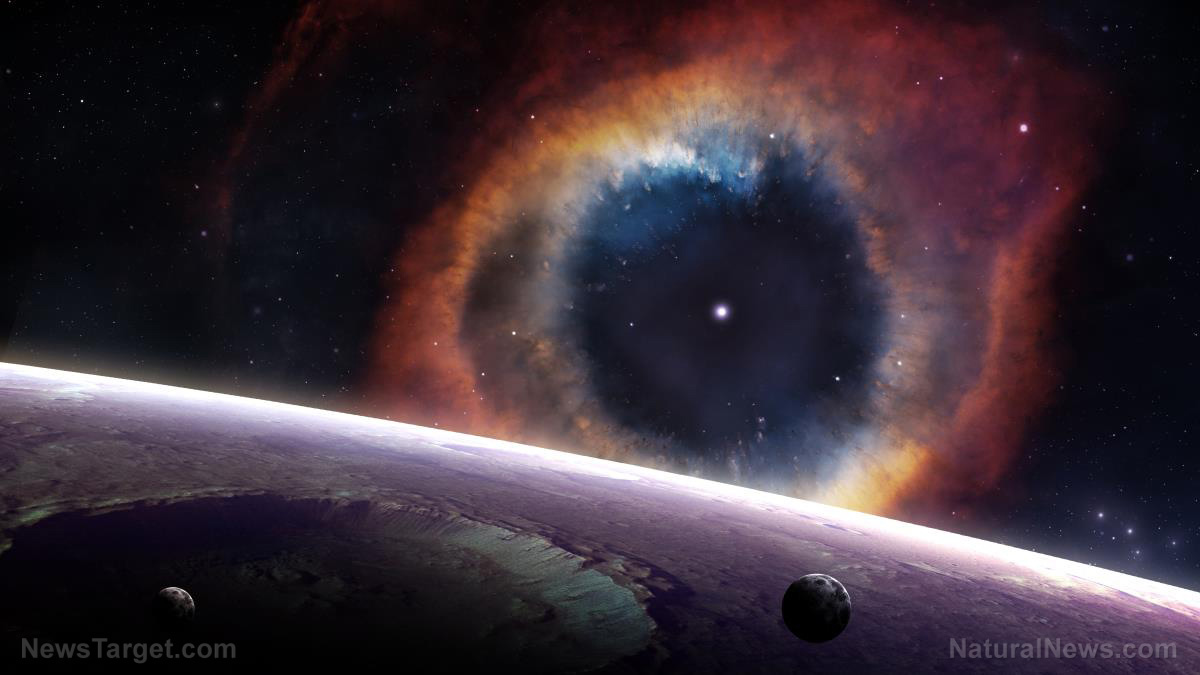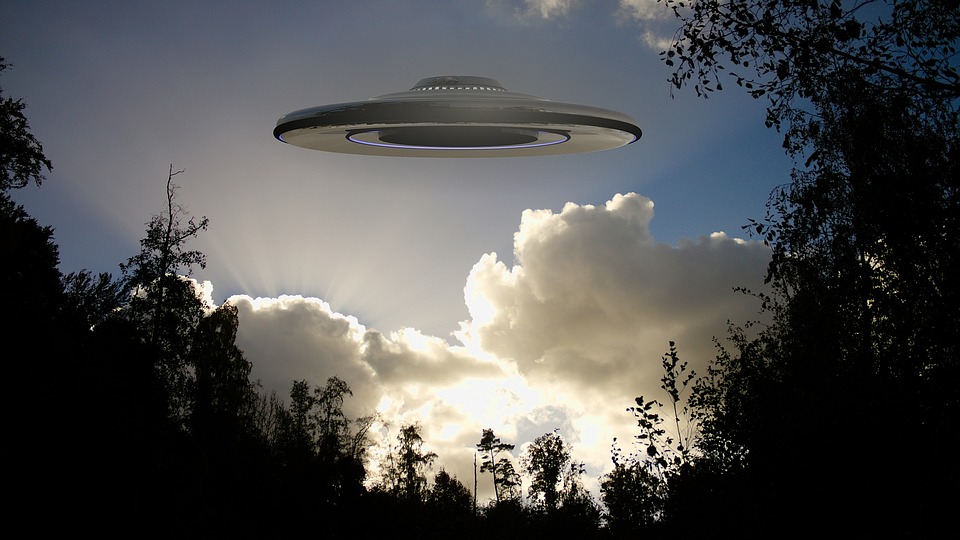Understanding the breathtaking power of solar wind
08/11/2018 / By Edsel Cook
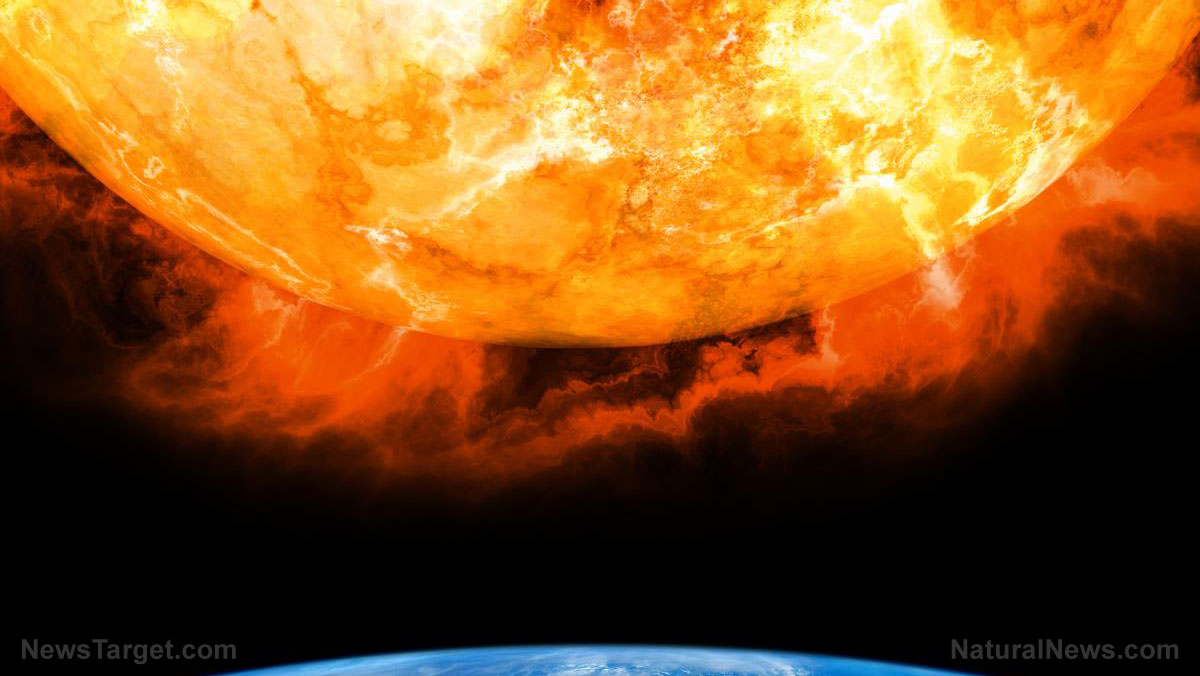
Even during the calmest and sunniest day, Earth is caught in the middle of the ceaseless solar wind from the sun. If it weren’t for our world’s atmosphere and electromagnetic field, that cosmic storm would be ravaging the face of the planet, an article in Alpha Galileo stated.
The sun is constantly putting out vast amounts of energy toward the planets that surround it. On Earth, the most visible sign of this cosmic activity is the Aurora, a pretty and harmless sight.
On the Moon or on Mercury, however, the solar wind strikes the unprotected surface with such force that the outermost layer of rock is slowly being stripped away.
Austrian researchers at TU Wien reported that earlier computer models of this activity underestimated the erosive effects of the wind. These findings make things much easier for BepiColombo, the interplanetary space probe mission of the European Space Agency (ESA) that is set to visit Mercury in the fall of 2018.
“The solar wind consists of charged particles – mainly hydrogen and helium ions, but heavier atoms up to iron also play a role,” said Friedrich Aumayr, a professor at TU Wien who led the study. (Related: NASA now allowing scientists to use nuclear power sources for future space missions.)
Solar wind can vaporize rock and give a planet an exosphere
The solar wind travels at speeds of 400-800 kilometers per second. When it hits the surface of a planet, its particles can release many different atoms that rise quite high before slowly drifting downwards.
These floating atoms form an exosphere, a very thin atmosphere of particulate matter kicked up by the particle bombardment of the solar storm. The existence of exospheres on the Moon and Mercury are very good opportunities for researchers.
These airborne particles are made from the same materials as the surface of the celestial body. So they can give tell researchers almost as much information about the chemical make-up of the soil as an actual sample taken from the ground.
It is also much easier and safer for a spacecraft to fly into the exosphere and collect samples than to land on the planet, get samples, and take off again.
The BepiColombo mission will launch in October 2018. The European space probe will gather data about the chemical and geological properties of Mercury, the planet closest to the Sun. It will collect samples of the particles in the planet’s exosphere.
Electric charge has bigger oomph than kinetic energy
To pull this off, researchers need to know the exact effects of the solar wind on rocky surfaces. A TU Wien research team, therefore, simulated the wind’s effects by bombarding wollastonite samples with ions.
Researcher Paul Szabo served as the first author of the study. He said that earlier models of the event attributed the pulverization of the surface rocks to the kinetic energy of the very fast particles.
However, the TU Wien experiment showed that the high electrical charge was actually the primary reason for the rock getting atomized. If a particle has multiple charges, it holds a big amount of energy that is unleashed upon hitting something.
“If this is not taken into account, the effects of the solar wind on various rocks are misjudged,” warned Szabo. That meant any analysis of the dust in the exosphere needed to consider the charge of the solar wind particles as well.
The solar wind contained a lot of protons, so previous models thought these particles exerted the biggest effect on the rock. However, the TU Wien experiment showed that helium particles are much more influential because they hold twice the positive charge.
If you want to know more about the powerful solar winds of our star system, visit Cosmic.news for more articles.
Sources include:
Tagged Under: astronomy, exosphere, mercury, Moon, physics, Planet, research, solar wind, solar winds, Space, space missions, space probe, sun

